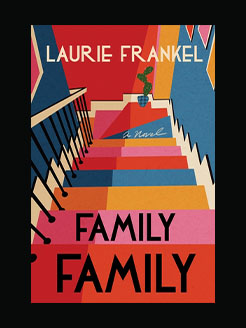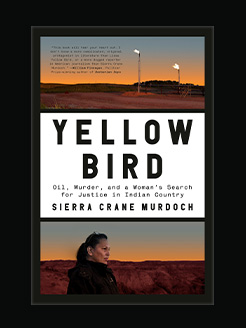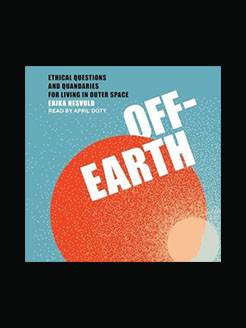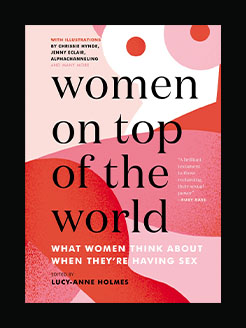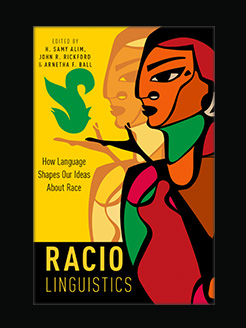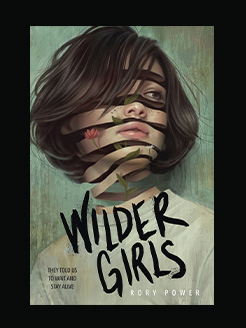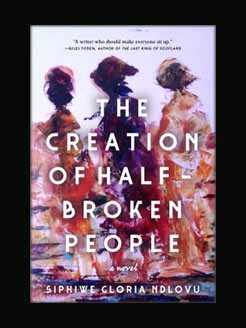Published in 2022
402 pages
Robin R. Means Coleman is Vice President and Associate Provost for Diversity and Inclusion, Chief Diversity Officer, and Ida B. Wells and Ferdinand Barnett Professor in the Department of Communication Studies at Northwestern University. Her previous books include the first edition of this title, African Americans and the Black Situation Comedy: Situating Racial Humor, and the edited collection Say It Loud! African Americans, Media and Identity, along with the co-edited volume Fight the Power! The Spike Lee Reader and the co-authored Intercultural Communication for Everyday Life. Her documentary Horror Noire (2019) won the 2020 Rondo Hatton Award for Best Documentary and the 2019 FearNyc Trailblazer Award.
What is this book about?
From King Kong to Candyman, the boundary-pushing genre of horror film has always been a site for provocative explorations of race in American popular culture. This book offers a comprehensive chronological survey of Black horror from the 1890s to present day.
In this second edition, Robin R. Means Coleman expands upon the history of notable characterizations of Blackness in horror cinema, with new chapters spanning the 1960s, 2000s, and 2010s to the present, and examines key levels of Black participation on screen and behind the camera. The book addresses a full range of Black horror films, including mainstream Hollywood fare, art-house films, Blaxploitation films, and U.S. hip-hop culture-inspired Nollywood films. This new edition also explores the resurgence of the Black horror genre in the last decade, examining the success of Jordan Peele’s films Get Out (2017) and Us (2019), smaller independent films such as The House Invictus (2018), and Nia DaCosta’s sequel to Candyman (2021). Means Coleman argues that horror offers a unique representational space for Black people to challenge negative or racist portrayals, and to portray greater diversity within the concept of Blackness itself.
This book is essential reading for anyone seeking to understand how fears and anxieties about race and race relations are made manifest, and often challenged, on the silver screen.
